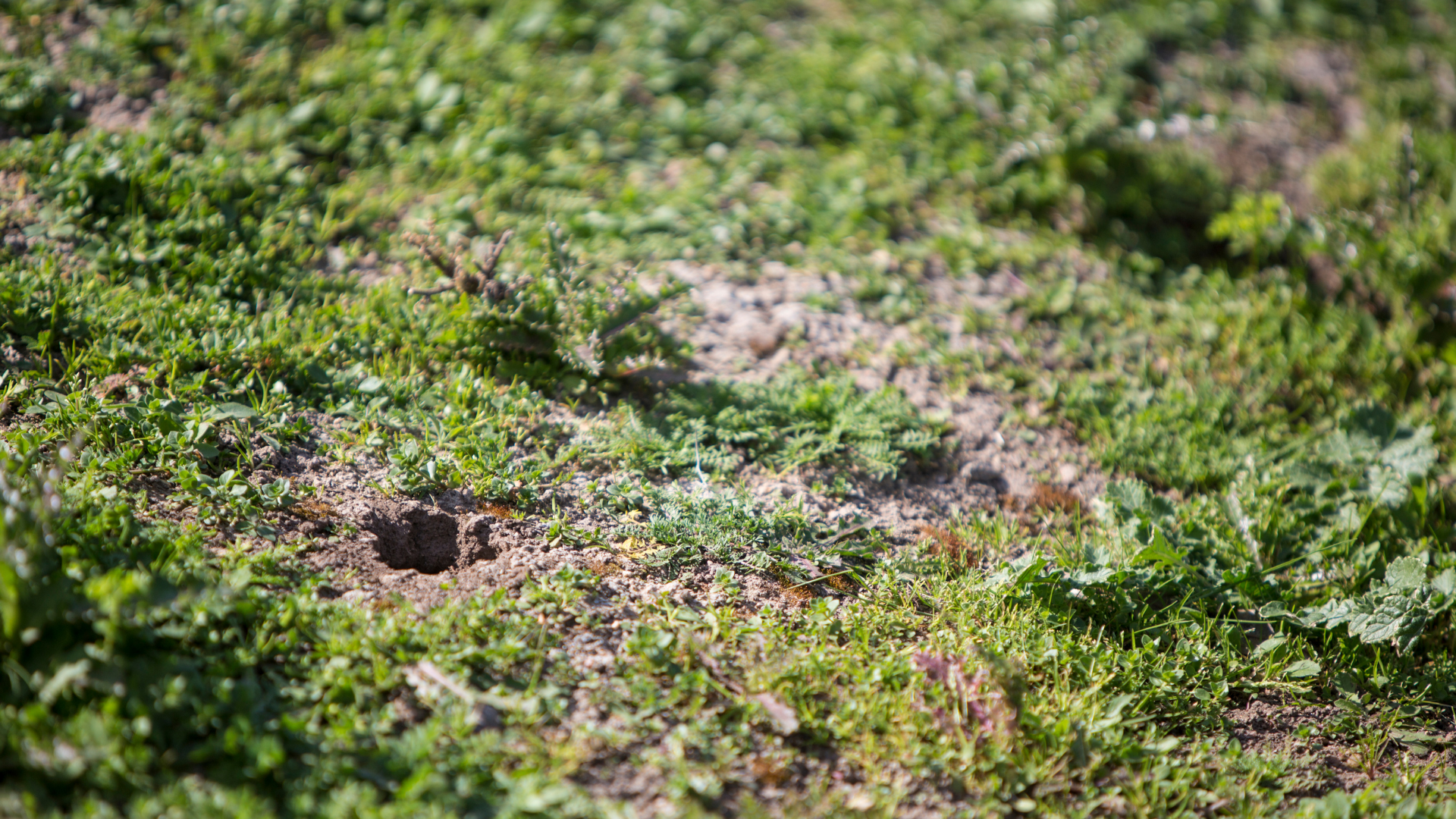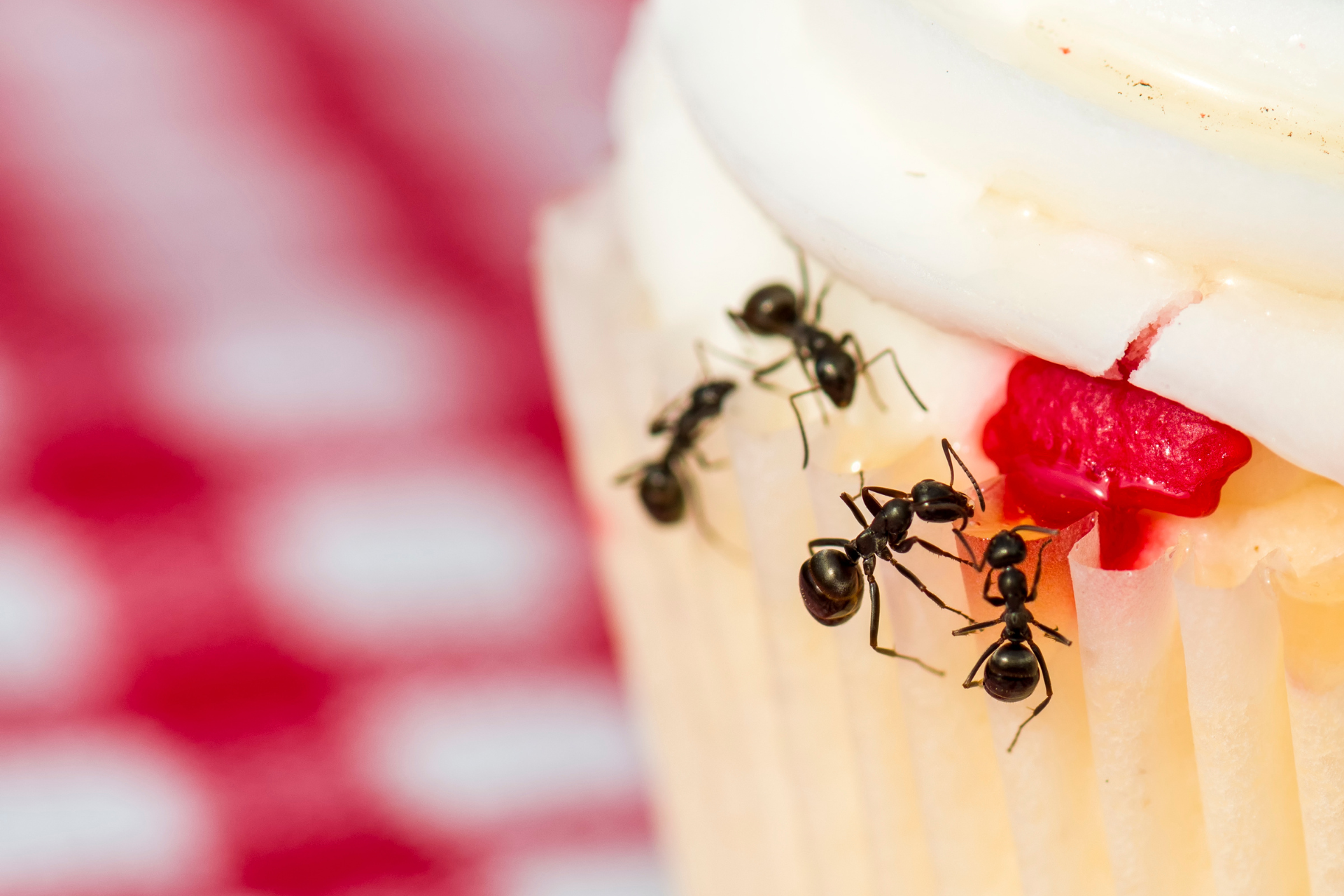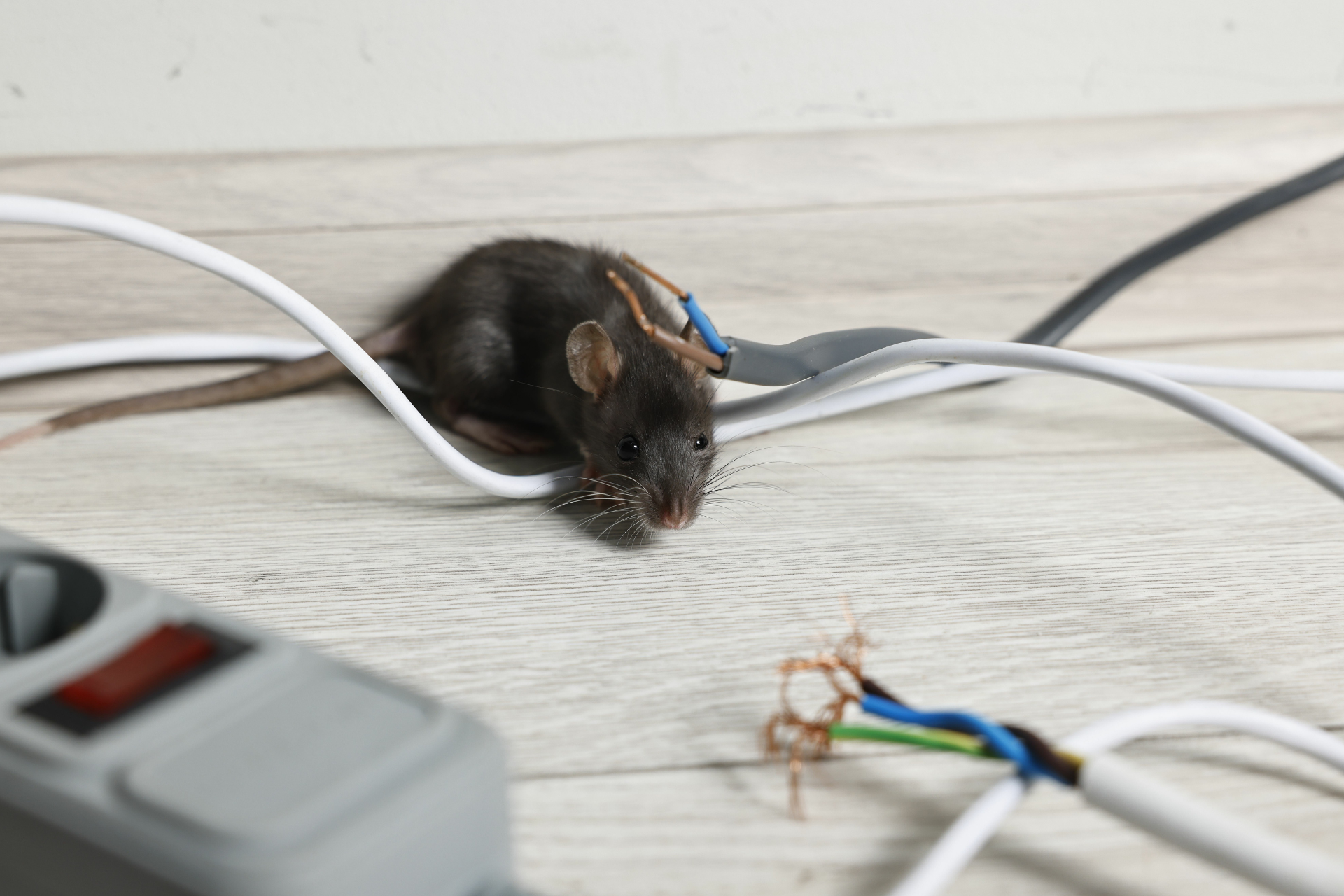Is Having Just One Gopher In Your Yard A Problem?
For many homeowners, their yard or garden is their pride and joy. A substantial amount of time and money goes into creating impressive outdoor display spaces, from carefully curated gardens to diligently tailored lawns. However, that effort goes out the window if a burrowing rodent notices and decides to move in. Of the destructive diggers, gophers tend to do the most damage above ground. But how much can a single one do?
As it turns out, it's quite a bit. Whatever damage you wake up to is likely done by a single one. Though it might look like the handiwork of a whole army, they are solitary creatures. The only time they get together is to reproduce. Gophers are so territorial that they can fight to the death to protect their home and food supply. Though breeding can happen year-round, they typically meet in the spring and summer. The mothers keep their offspring with them once they're born, but only briefly. After several weeks, they're sent off to conquer new land on their lonesome.
Just because there's only one gopher does not mean you can ignore it. The potential damage is far from negligible. Though these creatures might look fuzzy and harmless, gophers were made to maximize their burrowing capabilities and terrorize your yard. For instance, their front paws have vicious claws that effortlessly sift soil. An even more unique feature is their lips, which can close behind their incisors to keep dirt out of their mouth while they dig. Additionally, their muscular shoulders help them power through tough earth like an Olympic swimmer in a lap pool.
Since gophers aren't seasonal animals, they have all year to wreak havoc. Each day they produce around one to three mounds on average. Over a year, a single gopher moves over four tons of soil, the same weight as two large adult male giraffes, and can create as many as 300 mounds. The mounds are hazardous to walk around because the space below is hollow, and a misstep can cause your foot to drop right in. Though they have poor hearing and vision, their powerful sense of smell more than makes up for it. It even allows them to beeline straight to food sources above ground. They also use their whiskers and tail hairs to navigate their way underground.
Unfortunately, their destruction doesn't end with soil excavation. As avid herbivores, gophers are the sworn enemies of gardens, lawns, and shrubs. Though partial to bulbs and root plants, they don't only damage plants by nibbling on their preferred parts. Instead, they are known for pulling entire plants underground into their tunnel system, never to be seen again. Gophers are particularly interested in alfalfa, resulting in an estimated 8.8% loss of revenue to the respective agricultural industry. They damage trees through root pruning, root exposure, and stem girdling. To make matters worse, they don't limit themselves to vegetation. They are also known for gnawing water lines and irrigation systems, which leads to soil erosion and floods. As a result, it can be particularly challenging to fill in a mature tunnel system. Moreover, their powerful teeth can also cause damage to mowing equipment and underground utility lines.
Though California is home to five species, Los Angeles residents will most likely encounter the Botta's pocket gopher. These medium-sized rodents have short fur in various grey, brown, and black hues. Activity occurs day or night, for around nine hours daily, so damage can seemingly appear overnight.
The easiest way to spot a gopher's presence is through its crescent or horse-shaped mounds. However, you see only a fraction of their handiwork on the surface. A single tunnel system can span over 200 yards. Since much of the damage occurs underground, it's easy for a gopher to go undetected until significant damage has already been inflicted.
There can be up to 30 to 40 gophers per acre in nourishing environments. Though trapping a single one might seem easy enough, nothing stops another from moving right on after removal. The best way to deal with a problem, especially a reoccurring one, is to enlist the help of a pest control professional as soon as possible. Remember that a single one can cause hundreds and thousands of dollars of destruction when left to its own devices. The longer they're allowed to continue, the bigger their tunnel system becomes and the greater the extent of the damage. So, don't hesitate to
contact 101 Gopher & Pest Control for green control and more.










